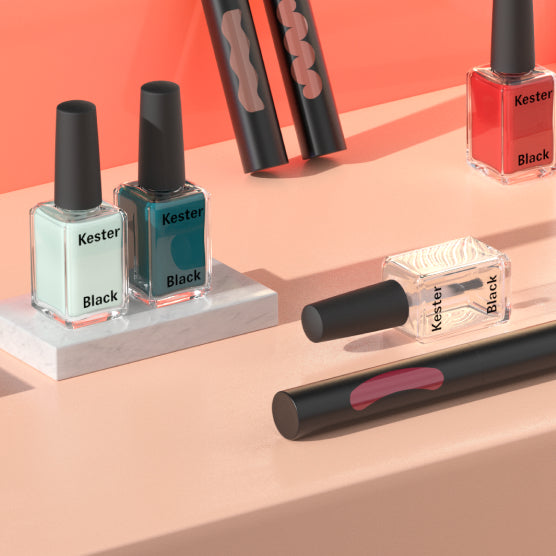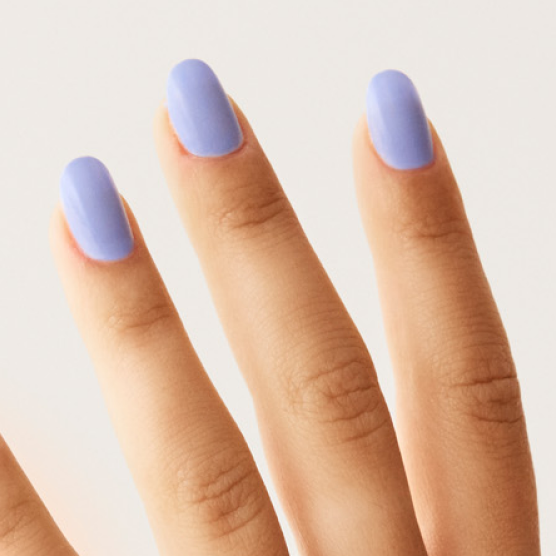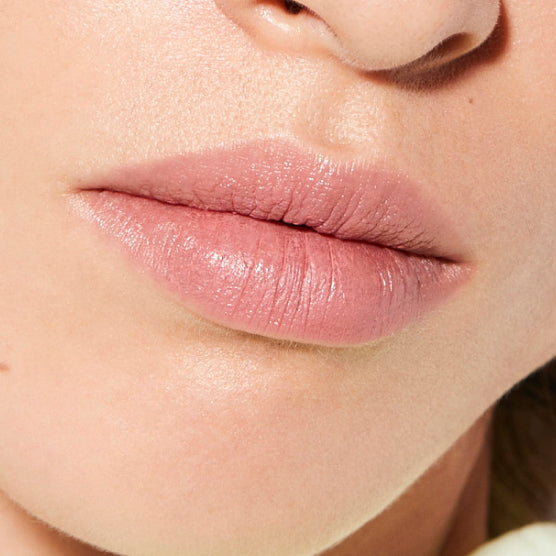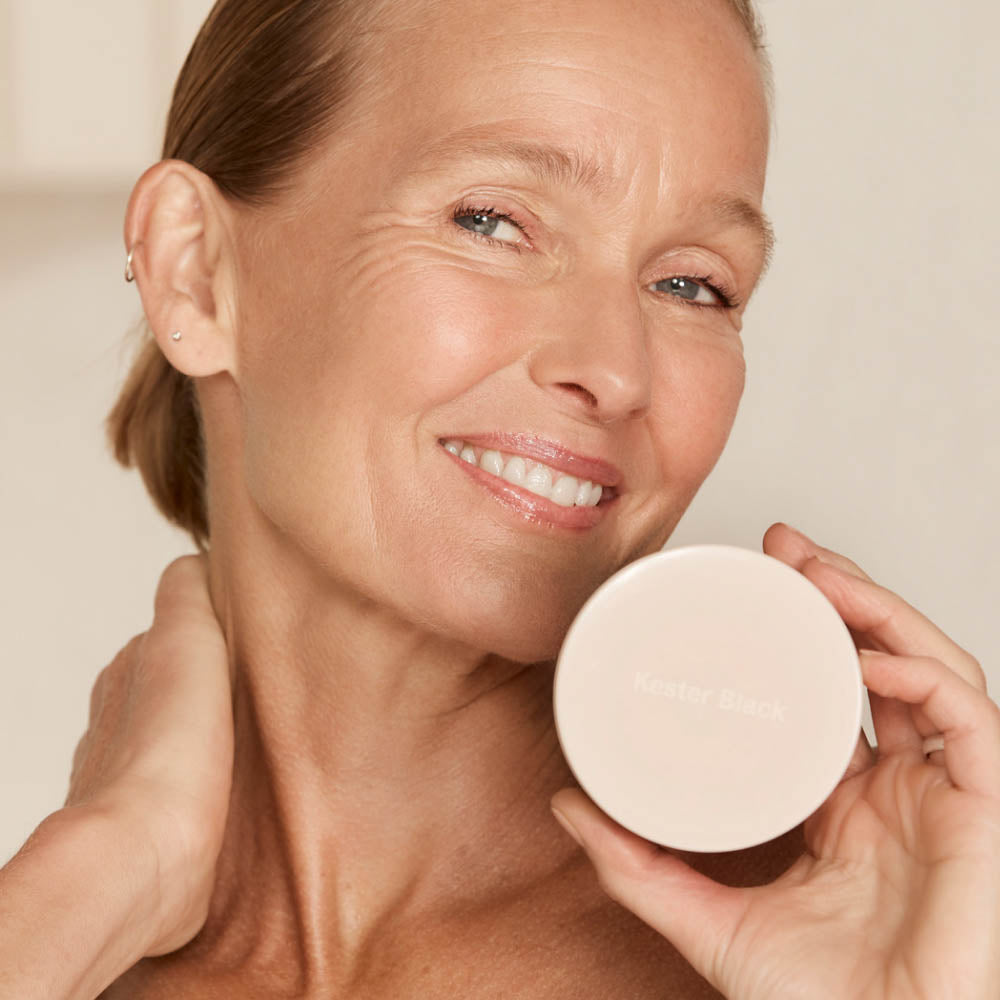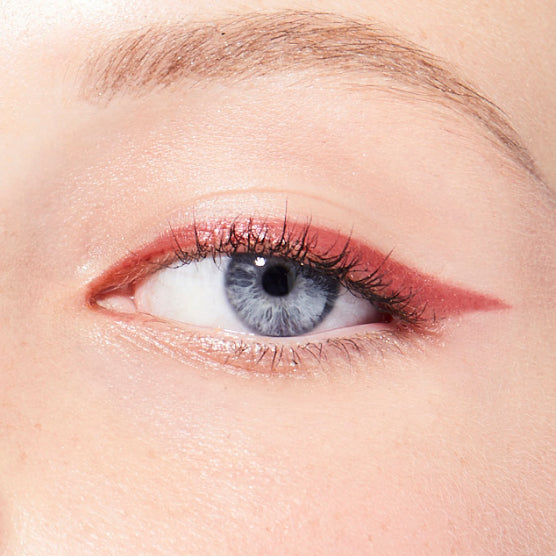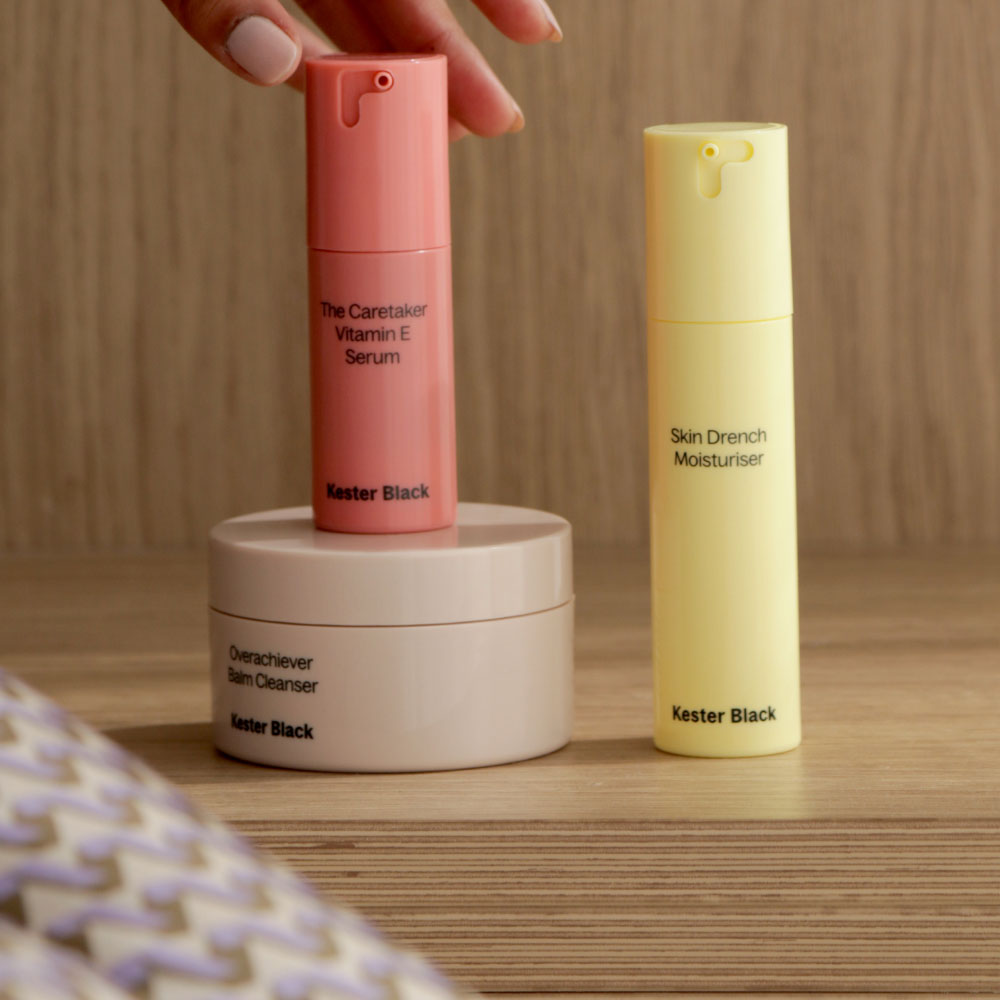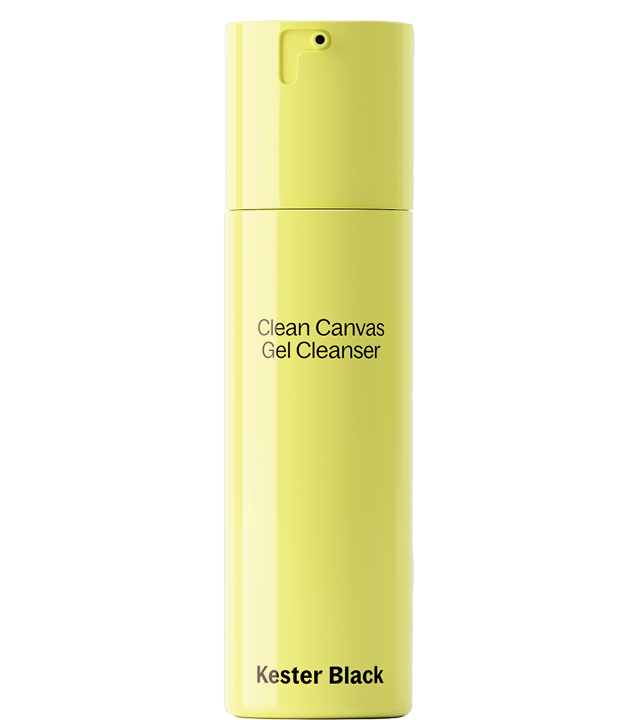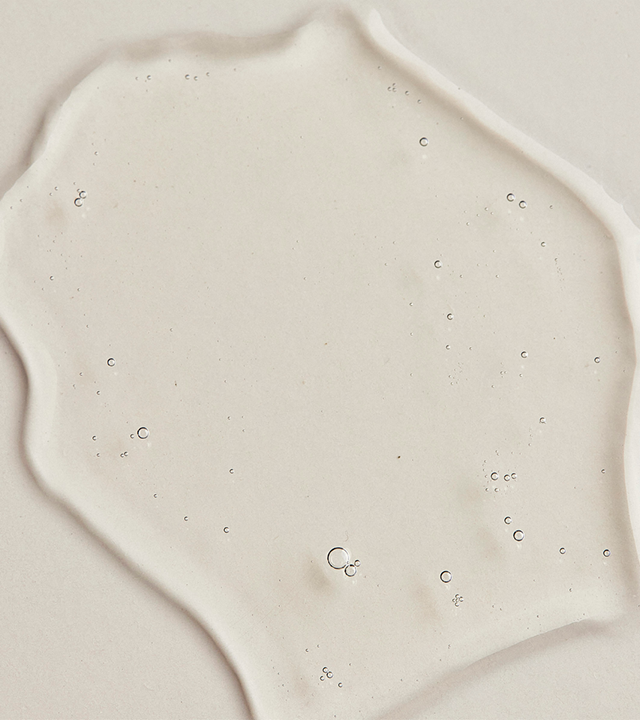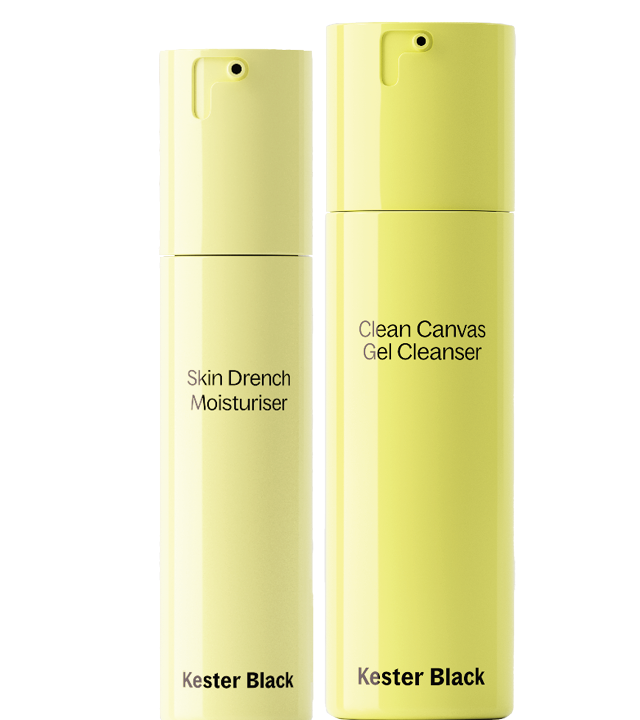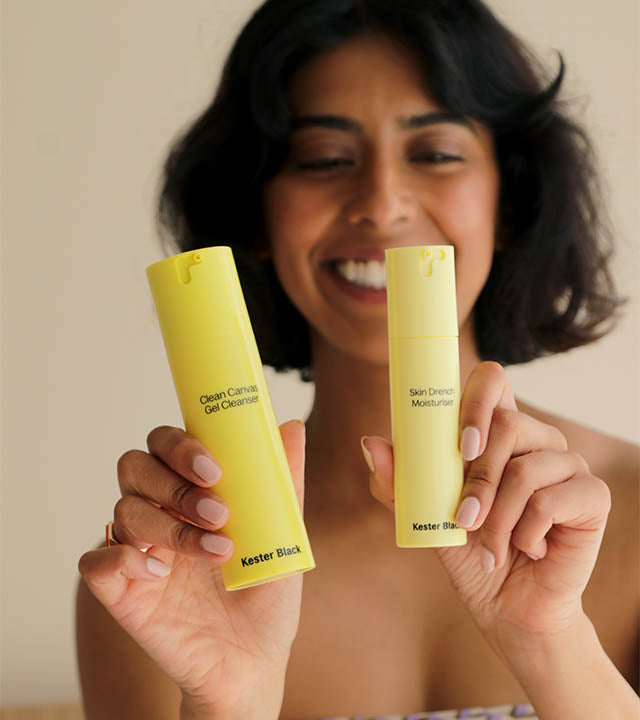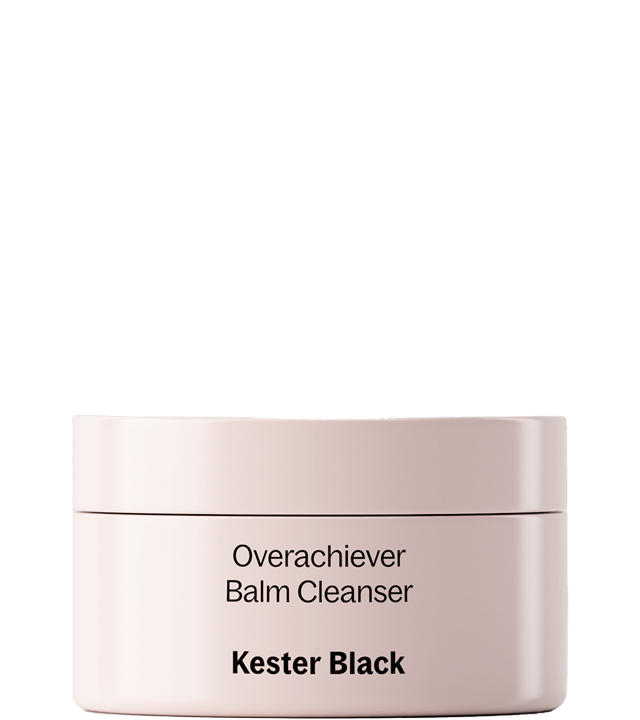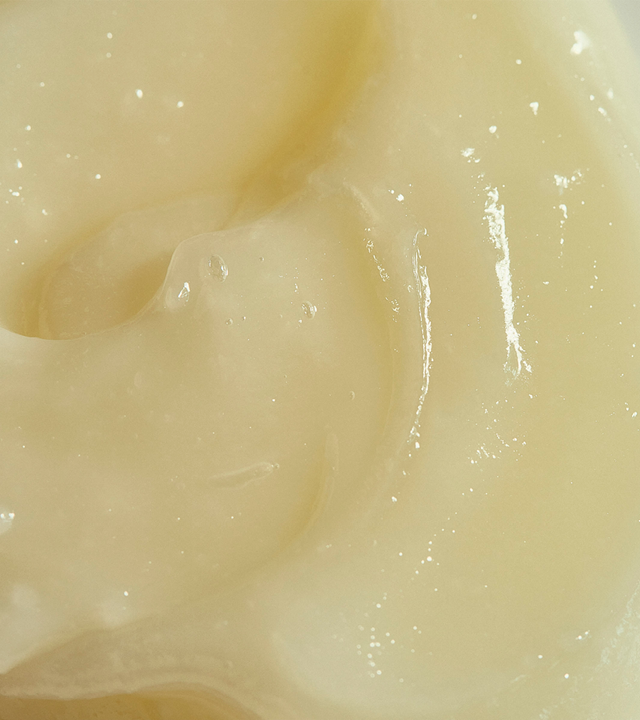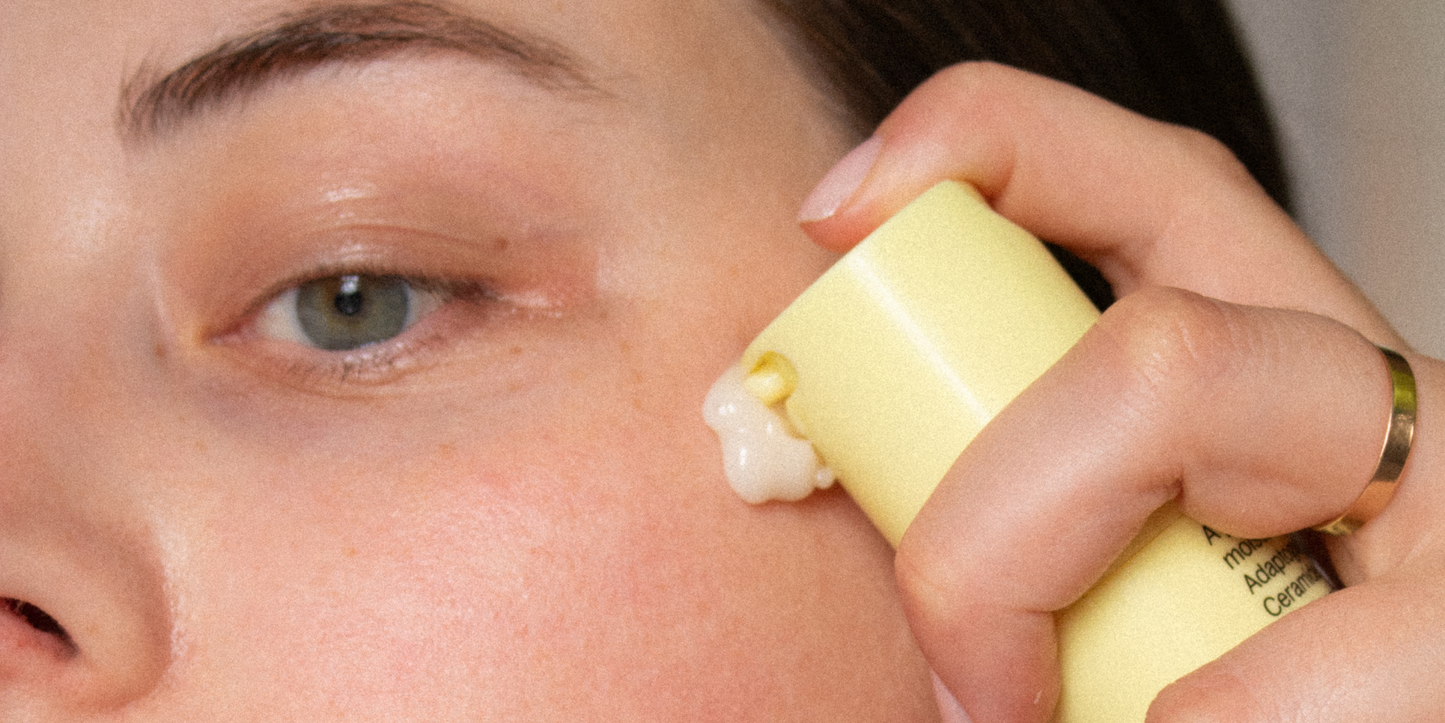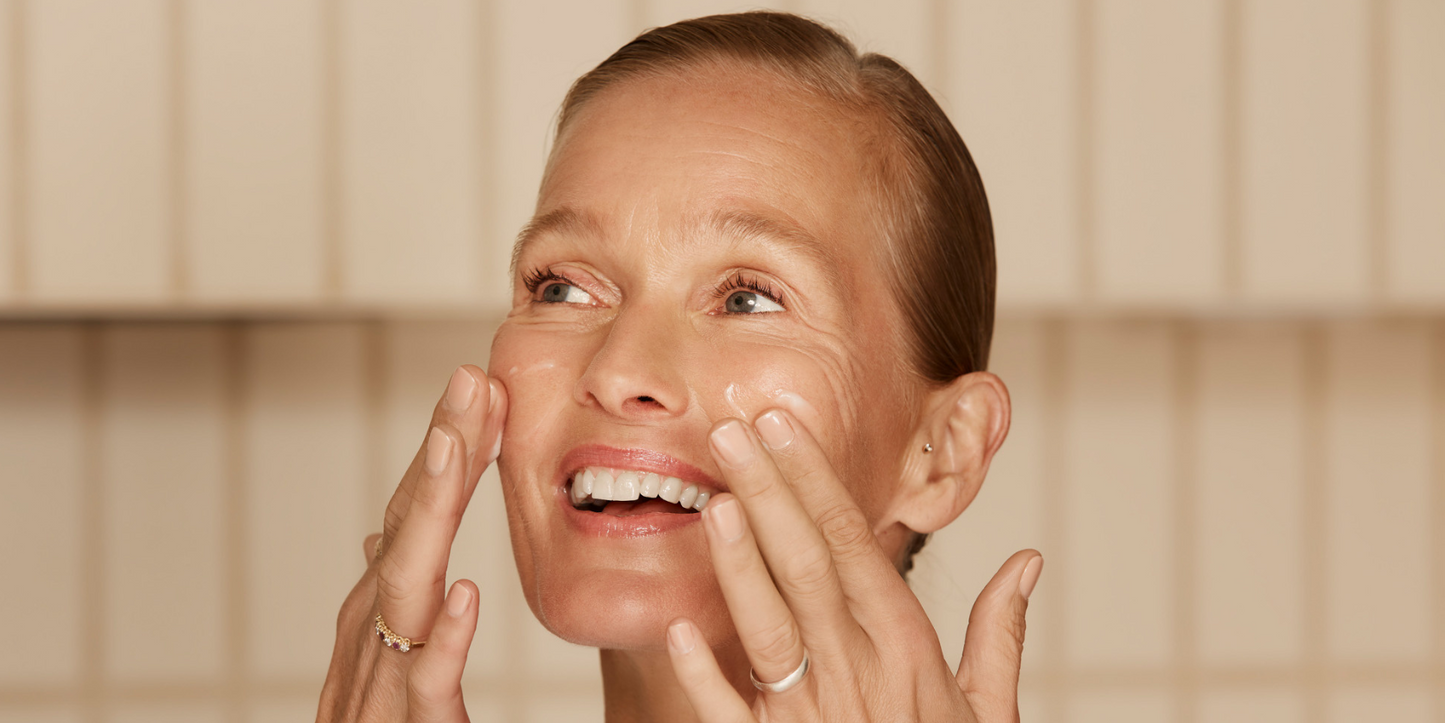Physical vs chemical exfoliation: which is better?
24 April 2024 – 4 min read
Exfoliators work by dissolving, lifting or gently buffing away the top few layers of the skin; removing dead skin cells, pigmentation, and encouraging cell turnover. There are two kinds of exfoliators out there; physical and chemical. And just like breathable nail polish, exfoliants have come a long way from their ‘90s predecessors.
What is physical exfoliation?
Physical exfoliators work by sloughing away dead skin cells and usually come in the form of scrubs or masks. We wouldn't recommend physical exfoliants because the abrasive particles (ground almond, walnut husk, coffee or even microplastics) can cause micro tears in the skin.
What is chemical exfoliation?
Let’s get one thing straight, the word ‘chemical’ in ‘chemical exfoliant’ is nothing to be afraid of. Our bodies rely on millions of chemical reactions to take place every second in order for us to breathe, digest food, exercise and more. After all, water, sugar and salt are all chemicals that we ingest every day without even batting an eyelid. It’s the use and context of these chemicals that determine whether they are harmful or helpful - and chemical exfoliants are all sorts of helpful when it comes to your skincare routine.
Chemical exfoliants usually contain alpha, beta or poly-hydroxy acids (AHAs, BHAs or PHAs, respectively) and work by gently dissolving dead skin cells. The word ‘acid’ in this instance is used to describe the chemical structure and pH level of these compounds. Remember, our skin is on the slightly acidic side with an average pH of 5.5. These acids work wonders in promoting skin cell renewal, sorting out hyperpigmentation and increasing your skin’s hydration factor.
Alpha hydroxy acids (or AHAs) are water-soluble and work more superficially than their beta counterparts. They are predominantly used to fight the signs of ageing and can completely restructure the surface of the skin (for the better) when applied correctly. They tend to have a tingling effect and include glycolic acid, citric or lactic acid. Our favourite AHA is lactic acid as found in Clean Canvas Gel Cleanser (synthetically produced of course, no need to have a cow) for its more sensitive nature. Lactic acid works to prevent dryness and improve keratin production in the epidermis, without any lightening. This strengthens cell walls and reduces our skin’s moisture loss - something we’re constantly keen to nip in the bud.
Beta hydroxy acids (or BHAs) are oil-soluble, which means that they can get up and under the oil clogging your pores to dissolve grime and gunk where it counts. Salicylic acid is the most common BHA and is often used to combat acne, blackheads and milia without stripping your skin (that’s why we included it in Clean Canvas Gel Cleanser, too).
Finally PHAs, or poly hydroxy acids, are great for more sensitive skin types as their larger molecular weight means they won’t penetrate as deeply as other hydroxy acids. They are effective at breaking down the bonds between dull and dead skin cells, resurfacing skin with minimal irritation. Sometimes they’re mixed in with amino acids to help slow their absorption, to give very sensitive skin a chance to adapt. Some common PHA acids to look out for include gluconolactone, galactose and lactobionic.
If you’re considering using multiple chemical exfoliators, it’s best to consult a professional to figure out which acids are best for your skin type and concerns. You might choose to start with a BHA first and finish with an AHA or you might find your acids all packed into one product.
How to exfoliate safely
Do:
- Consider starting slow by using cleansers like Clean Canvas that contain AHAs or BHAs, then work your way up to higher strengths.
- Look for L-Lactic rather than D-Lactic acid in your products as it’s more closely related to the kind we predominantly produce in our bodies.
- Only use these products 1 - 3 times per week.
Don’t:
- Overuse these products, as the resurfacing exposes fresh skin cells which are more sensitive and susceptible to sunburn (the bad kind of burning).
- Head straight for AHAs if you know you have sensitive skin.
- Leave this product on overnight, especially if you’re just starting out.
- Make your own homemade facial abrasives. Please?
What Anna uses:
Kester Black Clean Canvas Gel Cleanser ‘for super gentle everyday exfoliation thanks to the hint of salicylic acid in the formula’. Goldfaden MD Fresh A Peel ‘when I’m looking for more intense exfoliation’.
Shop Clean Canvas Gel Cleanser
Physical vs chemical exfoliation takeaways
In the battle of physical vs. chemical exfoliation products, chemical exfoliants are the clear winner. They’ll leave you with smooth, glowing skin and are less likely to cause damage.
While physical exfoliation can cause micro tears, chemical exfoliators help to brighten skin, regulate oil production, target congestion, reduce blackheads, control inflammation from acne and pimples and support healthy pigmentation and healthy skin renewal. Seek out a gentle-yet-effective formula like Clean Canvas Gel Cleanser to incorporate chemical exfoliation into your everyday routine.
Want to learn more? Take a deep dive into the best at-home anti-ageing skincare routine and learn everything you need to know about double cleansing.
